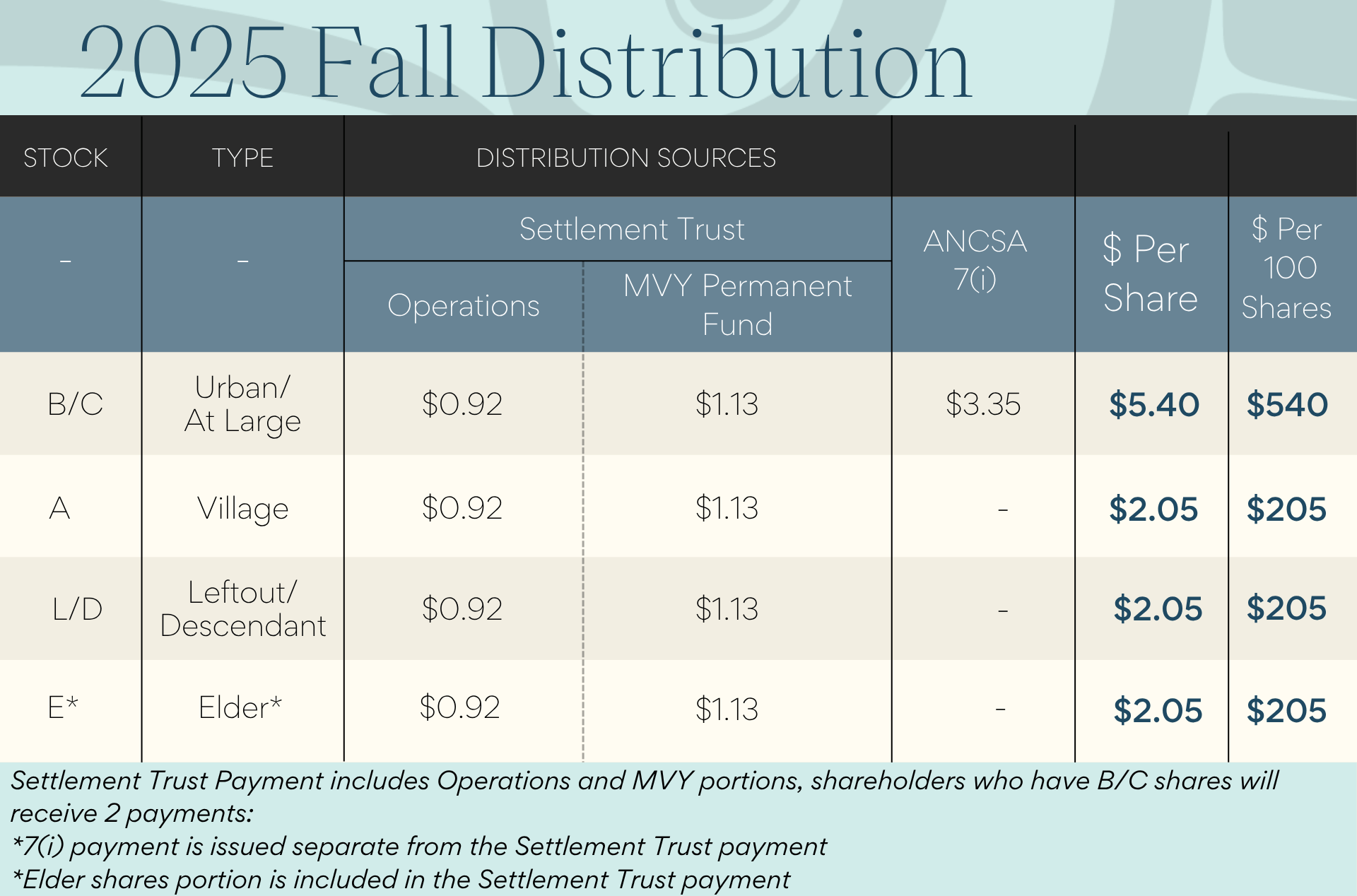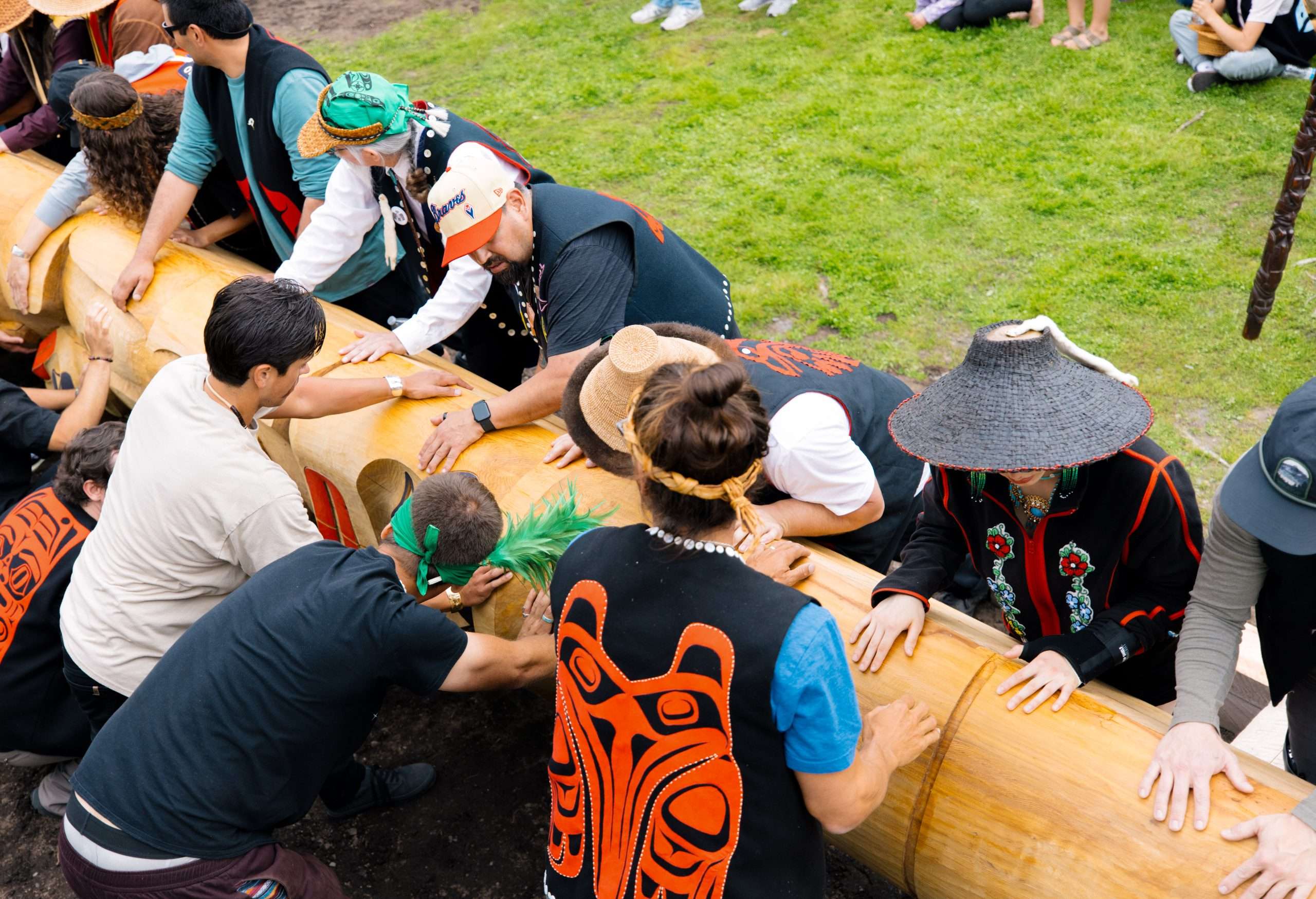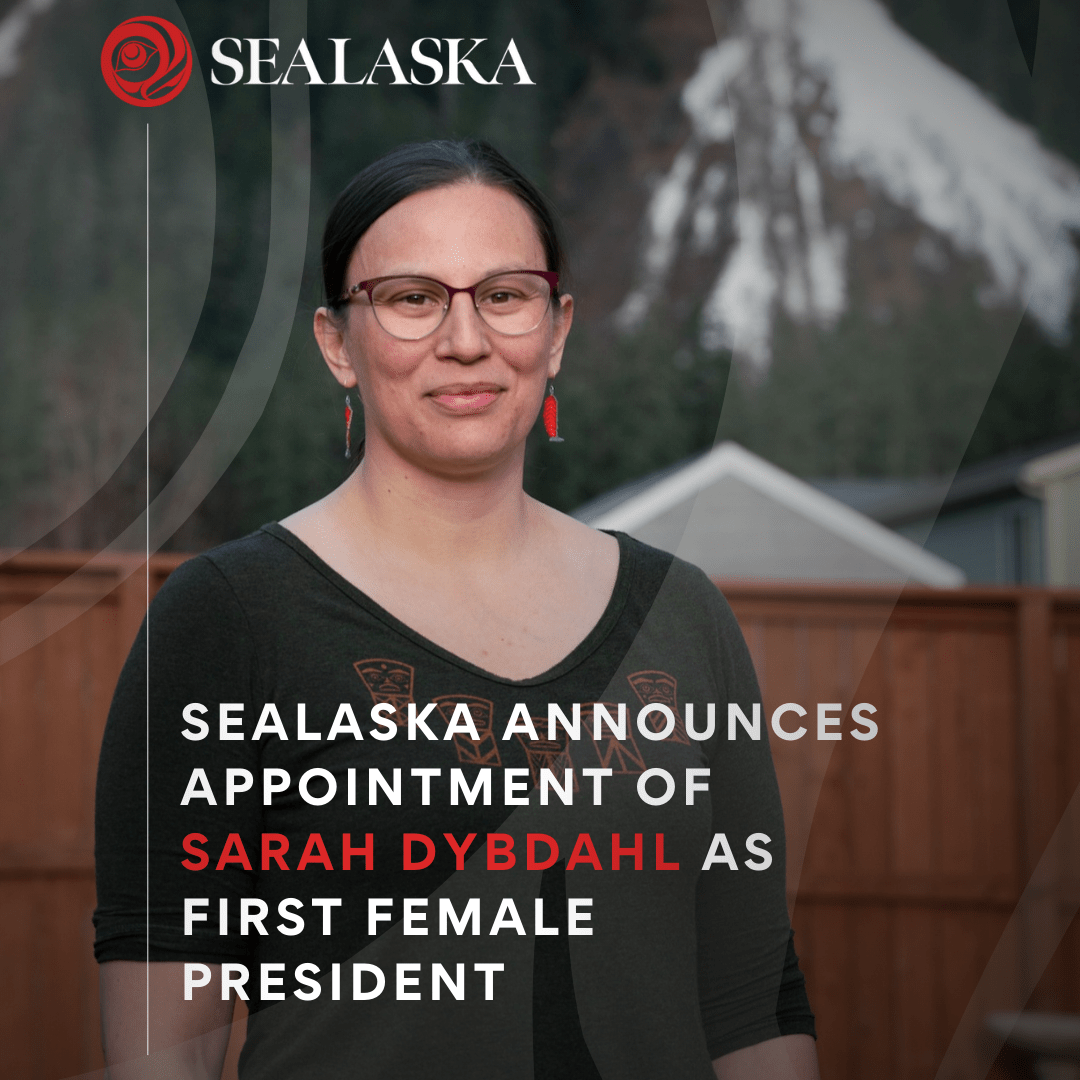Sealaska’s 2023 community meetings offered culture, connection and answers to common questions
Tuesday, June 13, 2023

At Sealaska, shareholders are at the center of everything we do. We cherish every opportunity we have to meet with each of you, learning more about your values, priorities and vision for our shared future.
This May, we were grateful to host meetings in 10 communities — the first time we have been able to host a full community meeting rotation since 2019. Sealaska shareholders were invited to join us to learn more about Sealaska business operations, upcoming opportunities and visit with fellow shareholders and descendants. Community meetings offer shareholders a chance to grow relationships with the Sealaska Board of Directors, the leadership team, Shareholder Relations and other staff, along with partners like Sealaska Heritage Institute (SHI) and Spruce Root — and for us to strengthen our relationship with and learn from each of you.
During each Q&A session throughout the community meeting cycle, we tracked the questions shareholders asked and have compiled a list of the questions and issues most frequently addressed. Find the list of questions and their associated answers below.
We remain humbled by the enthusiasm and energy of our shareholders. Thank you for your attendance, participation and engagement. We hope to see you at another Sealaska event again soon.
FREQUENTLY ASKED QUESTIONS
How are community meeting locations selected and when will you be coming to my community?

2023 was our first year back to in-person community meetings since 2019, as we did not meet in person for the majority of 2020-2022 due to the pandemic. During our last round of in-person meetings in 2019, we visited the smaller communities Sitka, Petersburg, Wrangell, Kake and Hydaburg in addition to the larger communities of Juneau, Seattle, Anchorage and Ketchikan. This year, we visited the smaller communities of Craig, Hoonah, Haines and Yakutat along with Los Angeles, Seattle, Anchorage and Ketchikan. We host meetings in shareholders hub communities each year and in smaller communities every other or every third year and strive to balance cost with ensuring that we are able to visit as many communities as possible. Next year’s cycle will include Angoon, Kake, Hydaburg, Wrangell, Petersburg and Sitka — and we are excited to see you all!
We also invite shareholders and their families to join us in person or online at this year’s annual meeting! Learn more by clicking here.
How is officer and executive compensation determined?
We work closely with the board to define incentive programs that lead to business success. Incentive compensation only is paid out when our businesses create growth in profits for Sealaska. We paid out incentive compensation in 2022, and even after the incentive expense, our businesses grew their profits and their cash flow generation, which allows us to consistently fund shareholder benefits. Sealaska went through many years with no incentives, until we started creating the significant growth in both income and shareholder benefits that we’ve seen in recent years. Incentives will continue to be tied to greater success from our businesses and will not be paid if our businesses are unable to achieve growth.
Why is Sealaska’s net income for 2022 lower than in recent years?
Following four of the greatest net income years in Sealaska’s history, we faced a decline in net income for 2022 based off of two one-off declines in our income sources. However, even with total net income decline, Sealaska grew our business income in 2022. As a whole, we feel positive about our platform’s potential for additional growth with our Ocean-Health focused businesses. As business potential grows, shareholder benefits continue to increase, year-over-year.
The two main reasons for the decline seen in the 2022 year are the change in investment income and the drop in carbon income. Each of these are one-off events. Sealaska had a gap in carbon income in 2022 after years of seeing it included in our net income statements — an impact, while significant, that we knew would occur and saw coming. In 2023, we are working to create longer-term carbon income that will help us quickly recover from this one year drop in income. The investment income drop seen by Sealaska was impacted by global economic events and a wider economic trend surrounding investment markets as a whole. However, we believe that our investment income will recover. Investment income can be volatile, leaving us open to stock and bond market risk, but over the long term can provide stable benefits.
We manage all our funds, seek to work with the best investment managers we can and overall have been able to provide long-term positive returns while limiting losses in negative years. Our investments performed very well in relation to the market in 2022 — even with the worst investment year since the great financial crisis of 2008, Sealaska made twice as much in 2021 as was lost on paper in 2022. This highlights our ability to create long-term benefit from our investment funds.
Learn more by watching a recent business presentation (filmed at the Anchorage community meeting) below.
Why does Sealaska have discretionary voting as part of its election process?
Shareholders have options in how they choose to vote — discretionary, directed and quorum. In seven previous elections, the majority of Sealaska shareholders have voted against the elimination of discretionary voting. Discretionary voting is a common practice used by Sealaska and six other ANCSA regional corporations and is provided by Alaska law.
Historically, about 25% of voting Sealaska shareholders have used this discretionary as an option. Discretionary voting gives shareholders more flexibility in how to use their votes.
Those who do not want to vote discretionary can choose another voting option, voting directed or quorum only. Sealaska shareholders who do exercise the discretionary option, do so with confidence in the board‘s ability to determine leadership for the benefit of the corporation and shareholders.
The endorsement process allows the board the opportunity to fill gaps in qualifications and experience among existing members and ensure the most well-rounded team possible. Independents are still able to earn seats on the board; since 2009, five independent candidates have been elected solely with directed votes. As outlined above, Sealaska shareholders have voted seven times on resolutions intended to eliminate the use of discretionary voting: in 1992, 1994, 1995, 1997, 2010, 2014 and 2022. Each time, a majority of Sealaska shareholders have voted in opposition to eliminating the discretionary option.
What is Sealaska doing to fight for landless efforts?
For 50 years, Sealaska and others have worked tirelessly to correct a major flaw in the Alaska Native Claims Settlement Act (ANCSA). ANCSA created regional and village corporations for communities with historical populations of Alaska Natives, but in Southeast, five communities — Ketchikan, Wrangell, Tenakee, Petersburg and Haines — were inexplicably left out of ANCSA. Without village corporations representing their communities, Alaska Natives from the five communities have no land ownership of their traditional homelands and have not received village-corporation benefits like dividends, scholarships and support for local priorities. Previous legislation and lobbying efforts supported by Sealaska have fallen short due to lack of support in Congress and because of conflict over the specific land selections that would be given to new ANCSA village corporations when they are established.

Last year’s Senate bill 3269, known as the Unrecognized Southeast Alaska Native Communities Recognition and Compensation Act, which was sponsored by Alaska Sen. Lisa Murkowski, got further in the legislative process than any other attempt in the last 50 years. Thanks to the collaborative work between Sealaska, partners, and our leadership in Congress, positive momentum has continued to grow.
We were invigorated by the forward movement on S. 3269 and are proud to share that Senators Murkowski and Sullivan re-introduced the Senate Landless legislation in early May. Congresswoman Peltola will introduce an identical version of the bill when the House is back in session.
Read more about upcoming landless efforts here.
Learn more about Sealaska’s policy priorities here.














